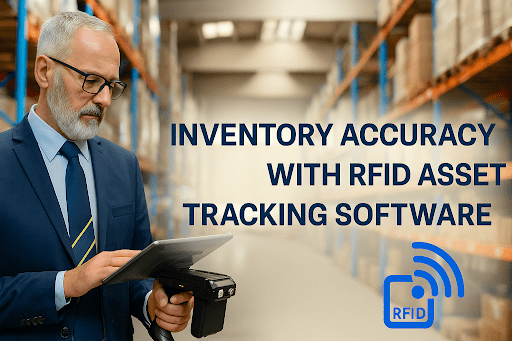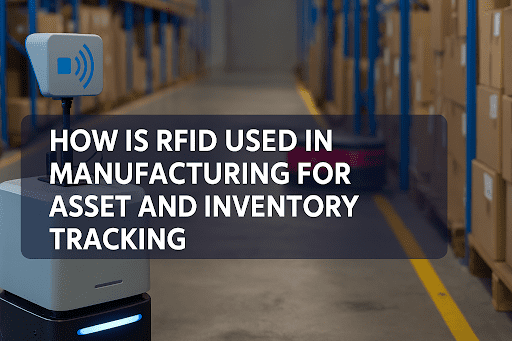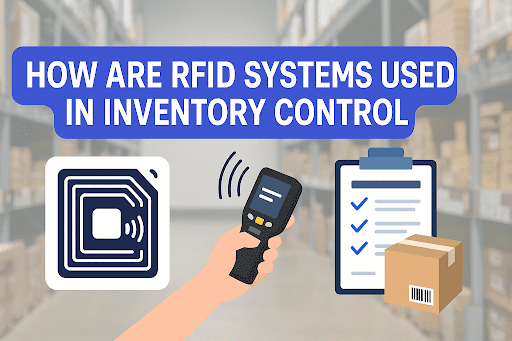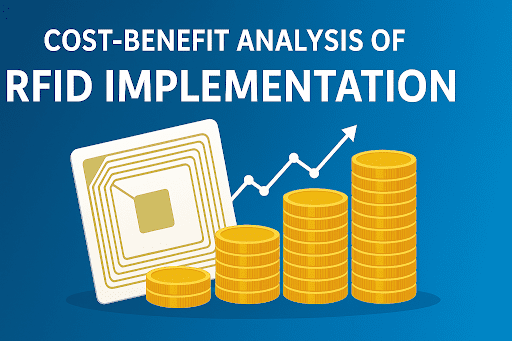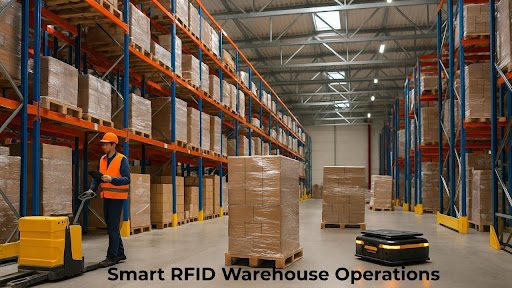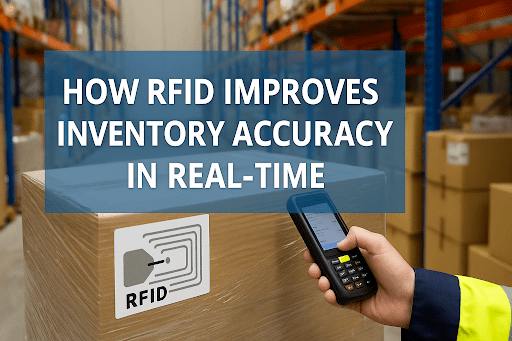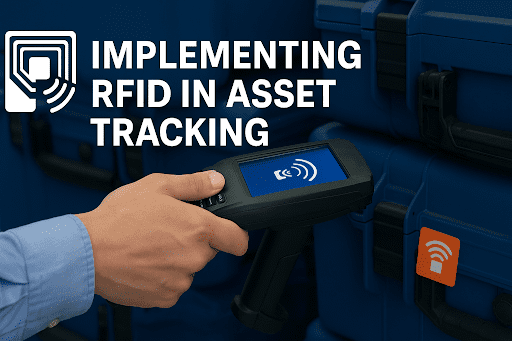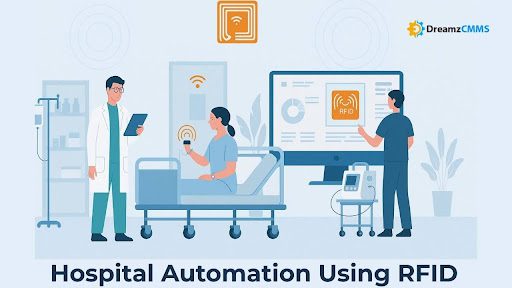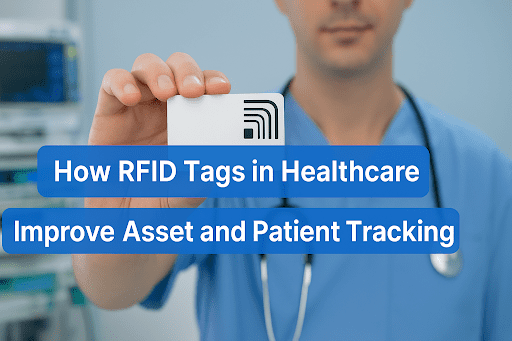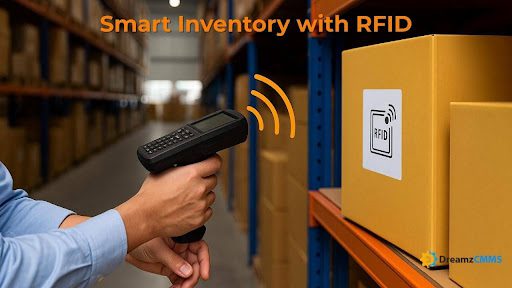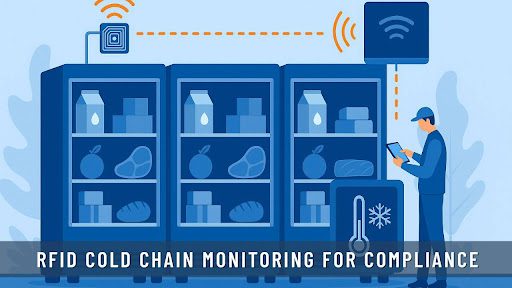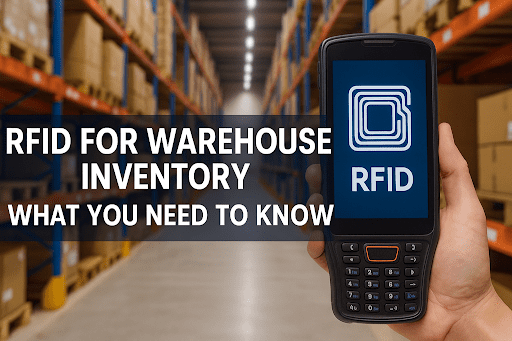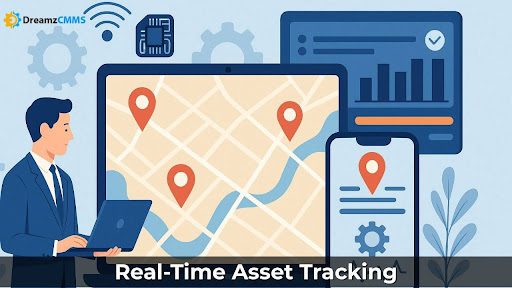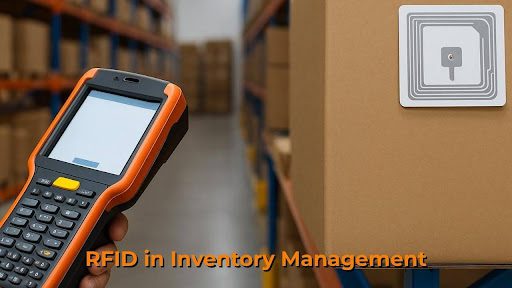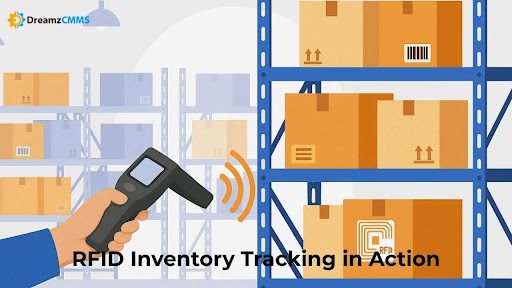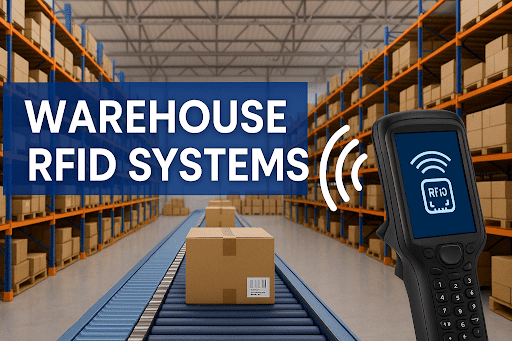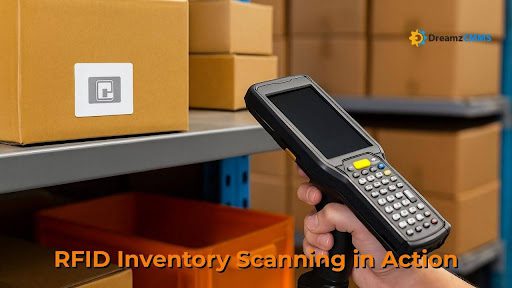 BACK TO Blog
BACK TO Blog
Asset Rental Management
RFID Asset Tracking
Equipment breakdowns that happen unexpectedly during industrial operations lead to major financial losses together with substantial safety hazards in the current fast-paced industrial landscape. The movement towards predictive maintenance by companies marks a transition from reactive models because this data-driven approach enables organizations to predict equipment failure and prevent operational
- July 08, 2025
- DreamzCMMS Team
- 10 minutes read
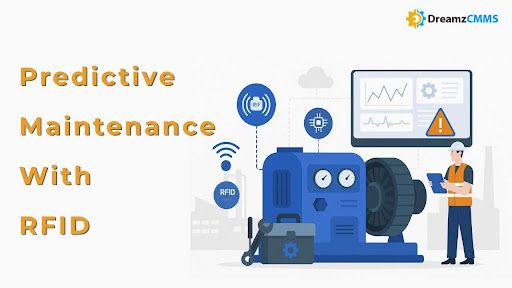
- July 08, 2025
- DreamzCMMS Team
- 10 minutes read
Equipment breakdowns that happen unexpectedly during industrial operations lead to major financial losses together with substantial safety hazards in the current fast-paced industrial landscape. The movement towards predictive maintenance by companies marks a transition from reactive models because this data-driven approach enables organizations to predict equipment failure and prevent operational interruptions.
Your equipment could communicate with you through a system that provides instant alerts about its impending breakdowns. The combination of RFID technology with predictive maintenance software enables what was previously considered a futuristic concept to become a current reality. It's happening now.
The article investigates how RFID-based predictive maintenance transforms maintenance operations through data-driven intelligent strategies which combine real-time monitoring with smart algorithms and sensor data.
What Is Predictive Maintenance?
The predictive maintenance (PdM) strategy employs sensor data and machine learning and real-time monitoring to identify when equipment failure is approaching. The implementation of predictive maintenance provides reduced downtime together with decreased maintenance expenses and better asset reliability.
The main difference between predictive maintenance and preventive maintenance exists in their scheduling methods since predictive maintenance uses real equipment condition monitoring to determine when maintenance is required.
Benefits of Predictive Maintenance
A predictive maintenance strategy provides multiple transformative benefits for asset-intensive industrial operations. Real-time data and intelligent algorithms in predictive maintenance systems enable organizations to optimize their maintenance operations instead of depending on scheduled servicing or waiting for breakdowns. The following section examines the fundamental advantages of predictive maintenance:
1. Early Detection of Failures
Through IoT sensors and RFID data and predictive maintenance analytics the system maintains continuous equipment performance observation. Predictive maintenance technologies enable maintenance staff to identify equipment abnormalities including overheating and unusual vibration and excessive wear before major problems develop. Companies receive real-time maintenance alerts which allow them to respond quickly before equipment failures happen unexpectedly and emergency repair expenses become unaffordable.
2. Optimized Repair Schedules
The analysis of sensor data combined with usage history and environmental conditions helps maintenance prediction algorithms find the perfect time to service each asset. The system creates smart maintenance schedules which base their operations on equipment requirements instead of traditional fixed calendar schedules. The scheduling process allows workers to concentrate on essential equipment at proper moments thus enhancing operational efficiency and cutting down on unrequired maintenance activities.
3. Prolonged Asset Lifespan
Equipment maintenance only performed when needed before failures occur will result in extended lifespan. Predictive maintenance minimizes equipment deterioration from excessive use and improper care and allows for part replacement before damage occurs. Asset optimal operation during their entire lifespan becomes possible through vibration and thermal monitoring which detects problems such as misalignment and lubrication deficiencies.
4. Cost-Effective Operations
The predictive maintenance approach reduces ownership expenses by stopping unplanned equipment failures and lowering overtime costs and eliminating excessive maintenance. Predictive maintenance stretches out the time before major overhauls become necessary while reducing organizations' need for reactive repairs. Organizations can achieve automation of routine diagnostics and optimized spending on high-value activities when they implement AI-powered maintenance tools together with RFID tracking systems.
5. Fewer Operational Disruptions
The unplanned breakdown of equipment stops manufacturing operations and causes delivery delays while threatening workplace safety. Predictive maintenance operates equipment at peak performance and detects problems before they arise. The stability of operations increases along with operational uptime because of predictive maintenance which is essential for manufacturing and logistics and energy industries. The implementation of predictive tools to minimize downtime creates conditions that lead to increased production levels and better customer contentment.
RFID tracking systems enhance this method when used together because they enable real-time asset identification and sensor-based maintenance planning while creating seamless integration with CMMS for predictive maintenance. A comprehensive automated maintenance system uses data-driven approaches to generate strategies which reach every part of the enterprise.
What Is RFID and Why It Matters?
RFID technology tracks assets wirelessly through the use of tags and readers. RFID tags mounted on equipment devices transmit information including identification codes and usage duration and positional data and sensor measurement data to RFID readers. Predictive maintenance depends on CMMS to process this data which enables teams to perform necessary actions at opportune moments.
RFID-enabled sensor-based maintenance planning requires more than tracking devices' locations. The implementation of RFID sensors enables the tracking of essential operational parameters such as:
- Temperature
- Vibration levels
- Moisture
- Operational hours
The result? The process generates a continuous stream of operational data that supports predictive maintenance analytics.
Learn more about the ROI: Cost-Benefit Analysis of RFID Implementation
Predictive Maintenance + RFID: A Smart Match
The integration of RFID with predictive maintenance software enables complete automated intelligent maintenance processes. The following describes the maintenance process in detail:
1. Real-Time Condition Monitoring
RFID tags containing IoT sensors perform ongoing environmental and operational monitoring of systems through maintenance processes. The system monitors two vital indicators: vibration levels and temperature patterns that help identify equipment distress.
The system sends immediate maintenance alerts to technicians when measured data reaches critical safety limits thus providing them enough time to resolve issues before equipment breakdown.
2. Maintenance Prediction Algorithms
Maintenance prediction analytics built on machine learning technology processes sensor data through time. The predictive maintenance system detects equipment wear patterns through its monitoring capabilities while using maintenance prediction algorithms to identify when equipment needs maintenance.
The system generates alerts for potential conveyor belt bearing wear through increased vibration readings over time.
3. Automated Workflows with CMMS
A predictive maintenance system with intelligent CMMS functionality generates automated scheduling for maintenance tasks and automatically creates work orders and technician assignments and tracks resolution processes.
This integration enables:
- Task prioritization
- Resource optimization
- Data-rich audit trails
4. Complete Asset Lifecycle Visibility
The system records and connects all asset-related interactions and repairs and inspections and performance issues to their corresponding RFID identities. The accumulation of this data through time enables teams to obtain valuable predictive insights about asset health.
Through this system managers can identify recurrent asset failures along with their root causes which improves their future prediction accuracy.
Related read: Implementing RFID in Asset Tracking
Software to support this: RFID Asset Tracking Software
Predictive Maintenance Use Cases Across Industries
Manufacturing
The speed of production operations results in substantial financial losses when machines stop functioning. Sensors embedded with RFID tags on motors, pumps and conveyors transmit real-time data about vibrations and temperature levels and runtime performance.
Benefits:
- Minimized downtime
- Reduced scrap and waste
- Enhanced worker safety
Construction
The monitoring of heavy equipment through RFID tags includes cranes along with bulldozers and compressors. Predictive maintenance software runs service schedules when usage data reaches critical levels to prevent escalating problems.
Explore more: Construction Project Management Software – DreamzCMMS
Transportation and Logistics
The combination of RFID and predictive maintenance algorithms enables fleet vehicles to monitor tire pressure along with brake wear and engine temperature. Predictive maintenance through RFID helps prevent roadside failures and improves regulatory adherence.
Related topic: Real-Time Location Tracking with RFID
Equipment Rental
Rental businesses use RFID-based predictive maintenance systems to both verify equipment condition at return and perform necessary maintenance exactly when it is needed. Through this system customers experience improved satisfaction because the rental process avoids extended interruptions.
Explore more: Asset Rental Management Software
Key Benefits of RFID-Enabled Predictive Maintenance
RFID technology used in predictive maintenance systems produces multiple operational benefits for businesses. The following summary presents the primary advantages of this approach:
1. Proactive Repairs
The real-time maintenance alerts from RFID and IoT sensors enable teams to address problems before they advance. Organizations that adopt condition-based maintenance practices prevent unexpected breakdowns which both extend production stoppages and increase maintenance expenses.
2. Cost Savings
The predictive maintenance software equipped with RFID technology decreases emergency repair costs and labor expenses through efficient resource planning and task elimination. Operations expenses decrease substantially throughout time.
3. Increased Uptime
RFID tags enable continuous asset monitoring which allows scheduled maintenance so assets maintain extended operational periods. The improvement of system uptime leads to higher productivity rates together with minimized workflow disturbances.
4. Regulatory Compliance
RFID automates maintenance logs and inspection records, helping teams stay audit-ready. The system supports regulatory compliance by integrating with a CMMS for predictive maintenance.
5. Efficiency Gains
RFID eliminates human intervention in tracking operations which makes workflows more efficient. When organizations implement AI-powered maintenance tools with RFID they achieve better scheduling systems and improved task management capabilities.
The Role of AI-Powered Maintenance Tools
Maintenance prediction algorithms within these tools acquire information from sensor data and past failures to improve system performance. These maintenance tools operate by:
- Condition-based maintenance triggers
- Machine learning for maintenance pattern recognition
- Integration with sensor-based maintenance planning
The system becomes progressively accurate in its autonomous capabilities through time by offering valuable information to both technicians and facility managers.
Challenges in Implementation
Organizations need to solve various obstacles to benefit from this system despite its advantages.
1. High Initial Costs
Businesses need to spend major money for the implementation of RFID infrastructure combined with sensors and software systems that integrate with existing systems.
2. Data Management
Data acquisition presents no difficulty to professionals. Making sense of it isn’t. Teams need clear KPIs and a well-defined analytics strategy.
3. Integration Complexity
To achieve smooth workflows RFID systems need to integrate with current ERP and CMMS as well as IoT systems.
4. Skill Gaps
Technical staff require instruction to analyze sensor readings and sensor operation as well as to react to system notifications.
Best Practices to Get Started
A. Start with Critical Assets
Begin with assets that produce the highest maintenance expenses and lead to the most extensive equipment downtime.
B. Use the Right Sensors
RFID tags with passive ID tracking abilities work well when used with passive capabilities but active sensors enable real-time condition monitoring.
C. Integrate with CMMS
The modern CMMS platform enables central data management and automated responses.
Explore Asset Maintenance Management Software – DreamzCMMS
D. Build a Data-Driven Culture
The system provides dashboards and reports and alert notifications to enable both technical staff and leadership decision-making.
E. Monitor & Optimize
The predictive model development process requires threshold optimization and performance analysis of historical data.
Future Outlook: Predictive Maintenance 4.0
The development of Industry 4.0 will enhance predictive maintenance systems through increasingly sophisticated tools.
- Digital Twins: Simulate real-time asset behavior using RFID and sensor data
- Voice-Activated CMMS: Field technicians log and receive updates hands-free
- Blockchain Logs: Tamper-proof audit trails for compliance
- Augmented Reality (AR): Visualize issues during inspections using smart glasses
The complete automation of service planning and execution requires predictive maintenance to work with AI systems and robotics for achieving deeper integration between them.
Conclusion: A Smarter Way to Prevent Failures
Asset-intensive businesses require reliable equipment because it represents their fundamental operational strength. The current market conditions with their low profit margins and expanding operational requirements make traditional maintenance systems insufficient. The application of RFID predictive maintenance provides a superior proactive maintenance solution.
The combination of RFID asset tracking with AI maintenance tools and predictive CMMS provides businesses with immediate asset monitoring and automated analytical results along with optimized maintenance scheduling.
The outcome leads to precise maintenance operations which also become cost-efficient and performance-oriented.
The correct tools enable organizations to:
- The detection of anomalies in advance helps organizations stop equipment failures.
- Operational expenses decrease because the system eliminates unneeded work and reduces periods of inactivity.
- The combination of data analytics and condition-based maintenance extends asset operational life.
- The system enables organizations to maintain compliance standards and safety requirements by implementing automated logs together with alert systems.
As industries digitize, smart maintenance scheduling and sensor-based planning are essential—not optional. Powered by machine learning for maintenance, predictive strategies offer a clear path to operational excellence.
The future of maintenance is intelligent, connected, and predictive—and it starts now.
Ready for More?
Talk to one of our CMMS experts and see how DreamzCMMS can simplify your maintenance operations.
Book a free consultation